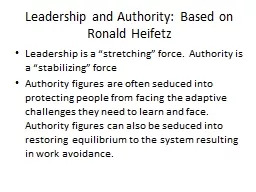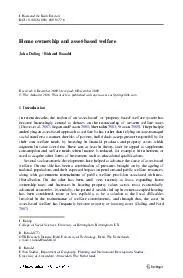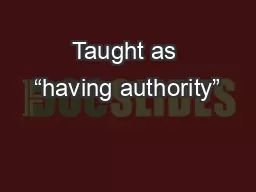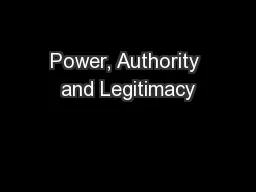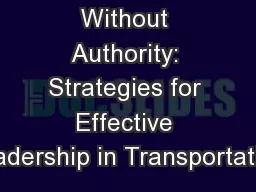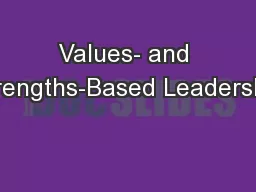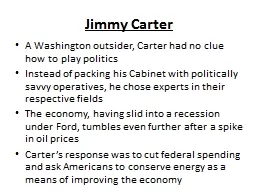PPT-Leadership and Authority: Based on Ronald Heifetz
Author : tatiana-dople | Published Date : 2018-10-25
Leadership is a stretching force Authority is a stabilizing force Authority figures are often seduced into protecting people from facing the adaptive challenges
Presentation Embed Code
Download Presentation
Download Presentation The PPT/PDF document "Leadership and Authority: Based on Rona..." is the property of its rightful owner. Permission is granted to download and print the materials on this website for personal, non-commercial use only, and to display it on your personal computer provided you do not modify the materials and that you retain all copyright notices contained in the materials. By downloading content from our website, you accept the terms of this agreement.
Leadership and Authority: Based on Ronald Heifetz: Transcript
Download Rules Of Document
"Leadership and Authority: Based on Ronald Heifetz"The content belongs to its owner. You may download and print it for personal use, without modification, and keep all copyright notices. By downloading, you agree to these terms.
Related Documents

